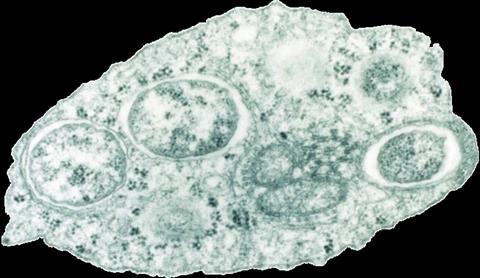Over the past 50 years, there has been a marked increase in diseases like dengue fever, chikungunya, and Zika. The World Mosquito Program (WMP) has developed an approach that, instead of attempting to eliminate vector species, introduces Wolbachia into native Aedes aegypti populations through the release of Wolbachia-infected mosquitoes.

Wolbachia bacteria act as a virus-blocking agent and are maternally transmitted to the local mosquito populations. However, scaling ground-based releases to large geographic areas poses a challenge.
READ MORE: Study reveals how virus hijacks insect sperm to control disease vectors and pests
READ MORE: Robotic vehicles fight dengue-carrying mosquitos in Taiwan sewers
To address this, Lin et al. developed an automated mosquito dosing release system and incorporated it into an uncrewed aerial vehicle (UAV). This system, which includes temperature and humidity control, is designed to release 150 mosquitoes per dose.
Two successful field trials in Fiji demonstrated that the UAV-based release achieved similar uniformity to ground release methods and successfully established Wolbachia infections in the native population over a 2-km2 area.
A randomized controlled study recently demonstrated a 77% reduction in dengue across a treatment area within Yogyakarta, Indonesia. Existing release methods use the ground-based release of mosquito eggs or adults that are labor-intensive, are logistically challenging to scale up, and can be restrictive in areas where staff safety is a concern.
Fully automated system
To overcome these limitations, the team developed a fully automated mosquito dosing release system that released smaller cohorts of mosquitoes over a wide area and integrated it into an uncrewed aerial vehicle. They established the effectiveness of this system using an aerial mark, release, and recapture approach.
The scientists demonstrated that using only the aerial release method, they could establish Wolbachia infection in a naive Ae. aegypti population. In both cases, the use of aerial releases demonstrated comparable outcomes to ground-based releases without the required labor or risk. These two trials, reported in Science Robotics, demonstrated the feasibility of using an aerial release approach for large-scale mosquito releases.







No comments yet